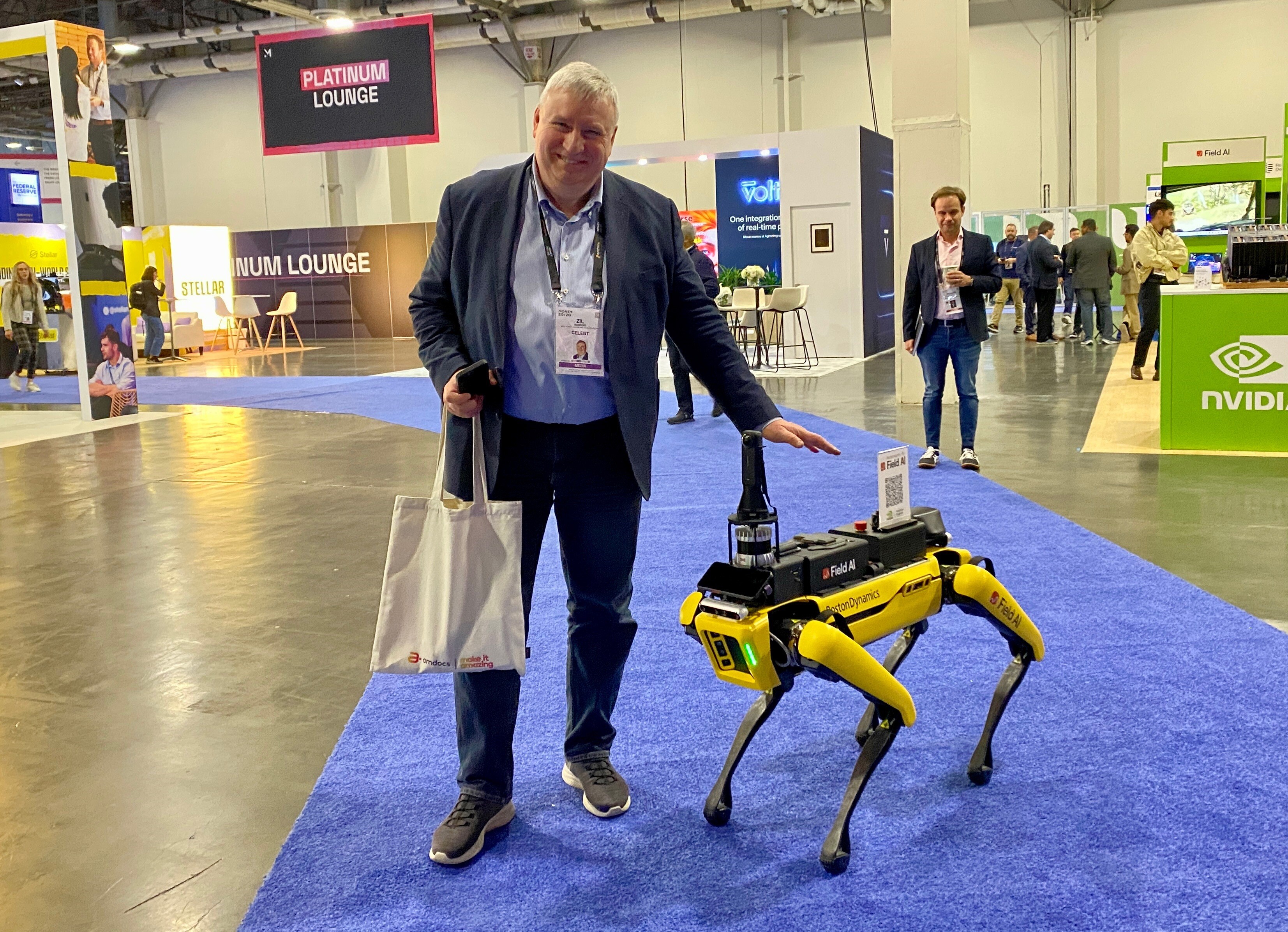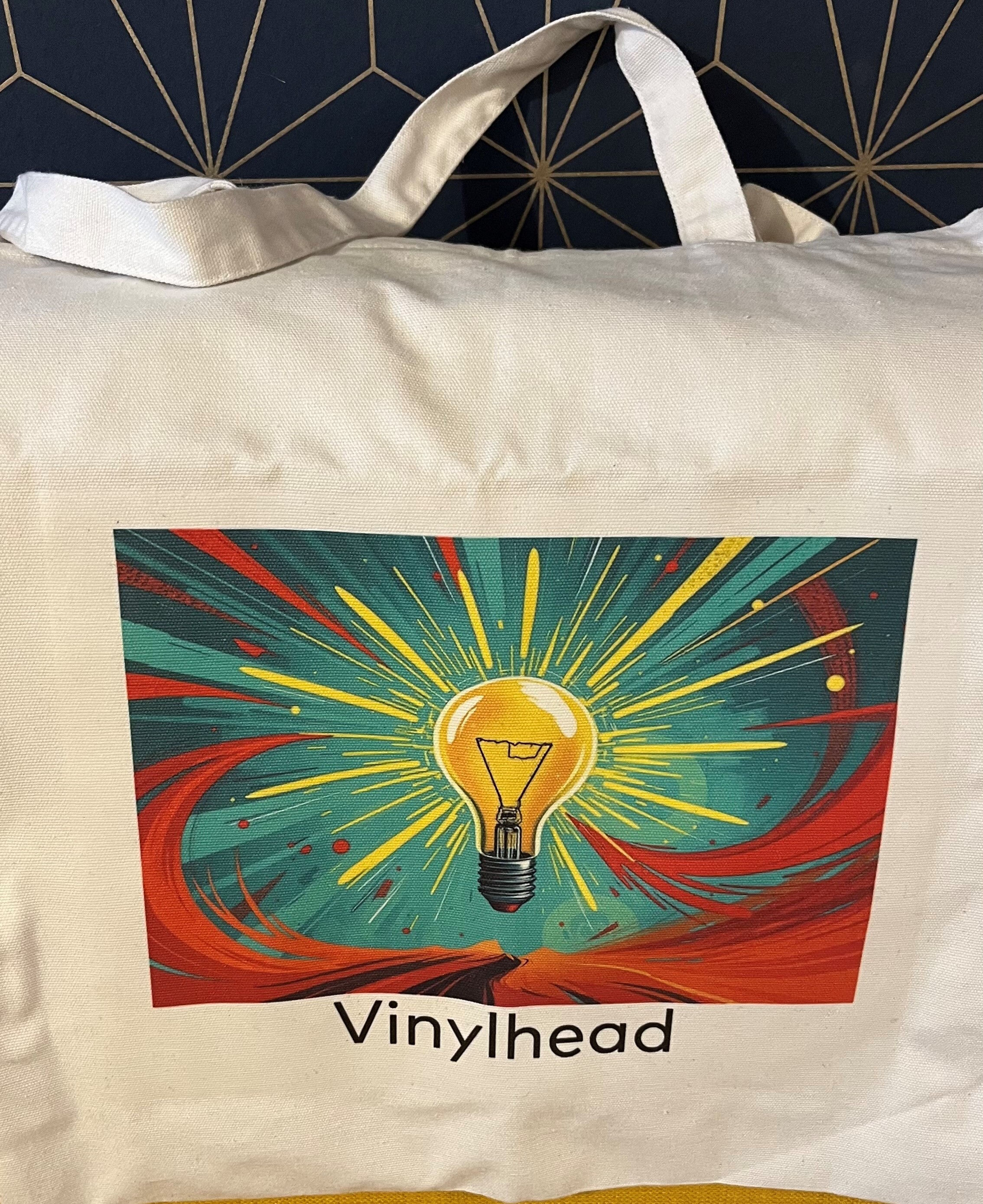Money20/20 USA 2024の重要ポイント
Preparing for 1033, Modernizing Payments, and Capturing Embedded Finance, GenAI, and Other Opportunities
If I were a doctor, I would be prescribing Money20/20 USA. The leaves are falling, the days are getting shorter, but this show in Las Vegas never fails to lift the spirits, energize, and inspire with all the exciting developments in the world of payments, banking, and fintechs. Of course, the event is too big for any one person to absorb everything, so again, we had several of us on the ground. Alenka Grealish, Bret Heither, Mike Bernard, and I represented Celent, alongside some Oliver Wyman colleagues as well.

As usual, Money20/20 kicked off with several tracks of content sessions, some of them packed and standing-room-only – amazing for a Sunday morning before 10am! The buzz is understandable: the Consumer Financial Protection Bureau (CFPB) has published the final rule 1033 on personal financial data rights just ahead of the show, and open banking was arguably the hottest topic of the event.
My colleagues already covered the expected rule and the latest announcement, so I won’t go into too much detail here. Many of the banks we spoke to, welcomed the more generous deadlines for compliance, but know they’ve got to address many issues, from technical standards and connectivity to questions around third-party provider (3PP) risk management and liability if things go wrong. Banks face a dilemma – if they accept a customer request to share data via 3PP and things go wrong, they get punished; if they don’t, they risk getting sued. Aggregators like Plaid and others can certainly help, not only with the technical connectivity to thousands of fintechs, but also with risk management of the 3PPs on their network.
Of course, as we’ve been advising the banks, open banking should not be seen only as a compliance effort; it’s also an opportunity for forward-thinking banks to offer richer propositions to their customers. One of those is enhancing credit underwriting models with data sourced via open banking (cash flow underwriting). It can help broaden the universe of customers eligible for credit, direct some from the unhappy path (“sorry, you don’t qualify”) and improve terms and efficiency for others. Also, the mere fact that the customer is willing to share their everyday transaction data is a positive risk indicator. Having said that, designing the workflows that obtain the customer consent for data sharing without too much friction, getting the right data, and making use of it with sufficient speed and accuracy will require thought and investment.
Another opportunity that the industry is getting excited about is Pay-by-Bank, a term that’s gaining recognition in the US to describe leveraging the open banking connections for customers to pay merchants directly via a bank account. Again, at Celent we wrote extensively over the years about the opportunities and challenges for this payment method, especially in countries where cards play a dominant role. What’s interesting is that the players in the US are not waiting for the real-time networks to gain scale and are comfortable to proceed with traditional ACH rails for settlement, while looking for ways to manage risk of insufficient funds.
It remains to be seen what kind of traction Pay-by-Bank gains in the US; while some participants are very excited, others are more sceptical, noting the risk of "payment choice fatigue" among other concerns. Incidentally, even the language around this remains somewhat confusing: I joined a session on Open Payments, expecting to hear more about Open Banking Payments/ Pay-by-Bank, but instead, several merchants talked about their journey from a legacy merchant payments stack to “open platforms” which enable them to plug-and-play different providers, offering flexibility, resilience, and interoperability. A very interesting, but a very different session!
Nearly every bank we spoke to is busy revisiting their payments strategy or executing payments modernization projects. Preparations for ISO20022 and real-time payments continue, although somewhat surprisingly, not everyone is convinced of the benefits of real-time, even at this stage. One person likened it to when FedEx introduced overnight delivery for parcels – while there is a clear demand for that service, there are still also plenty of parcels taking a much slower route. Some banks are also rethinking their issuing and digital wallets strategy and are considering whether to join Paze (probably) and make better use of the more open access to Apple’s NFC and secure element (probably not). Also, during the show Marqeta announced Marqeta Flex, a solution that helps multiple BNPL providers to integrate their offerings directly into customer wallets. Marqeta was also the first issuer processor in the US to be certified for Visa Flexible Credential earlier this year, an innovation I believe is likely to have significant implications for issuers longer term.
I felt that the conversations around BaaS and embedded finance this year were a bit more muted. Challenges experienced by some of the players (bankruptcies, consent orders) affected others in the ecosystem, either directly (frozen funds, impacted customers), or indirectly: smaller sponsor banks are being much more cautious, which is slowing down and prolonging the onboarding cycles for Banking/ Card-as-a-Service providers. Others, like FIS with its Atelio proposition, recognize that there will be opportunities not only to target brands directly, but also to help banks looking to offer white-labelled embedded finance offerings to their clients.
The fact that my other conversations were on topics ranging from payments efficiency to identity and fraud, from data enrichment to deep personalization, and from mainframe modernization to cloud adoption, demonstrates the broad spectrum of issues that the banking and payments industry is grappling with right now. And I know, I completely missed out on discussions around digital assets, stablecoins, and crypto.
Of course, I can’t finish this without mentioning Generative AI and AI more broadly – it was everywhere, from the Boston Dynamics dog greeting visitors near the entrance, to Amdocs offering at their booth tote bags printed with an AI-generated image based on choosing from a few pre-defined prompts. As you can see, I was trying to combine my passions for innovation and collecting vinyl records, and was very pleased with the result!


On a more serious note, GenAI adoption is rapidly moving from initial experiments to scaling up the most promising use cases. Celent recently partnered with AWS to produce a thought leadership report on the key use cases of GenAI adoption in payments just in time for Money20/20, which Celent Banking clients can access here, and others via the AWS site.
Thank you to Money20/20 for continuing to deliver an amazing event, and once again, thanks to all of you who met with us. We know that time at Money20/20 is a precious commodity, and we appreciate your generosity! For us, every conversation is valuable, as we get to know better what’s on your mind and how we can best serve you. We look forward to continuing the dialogue!

